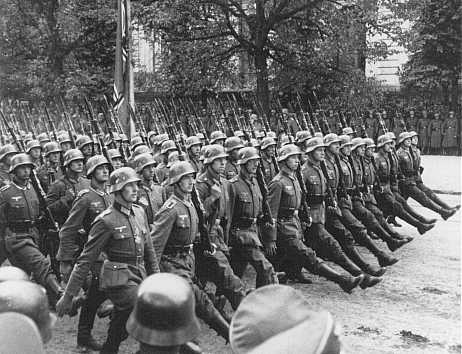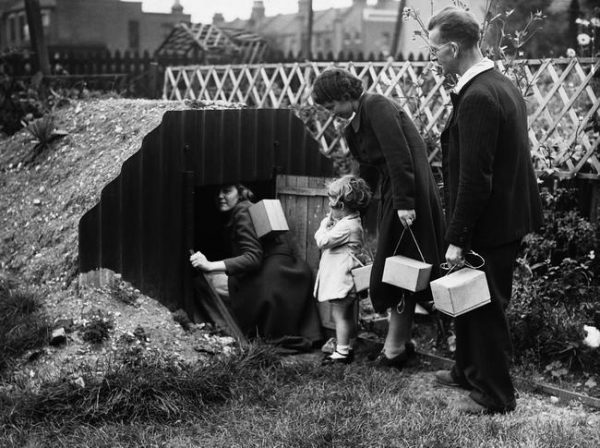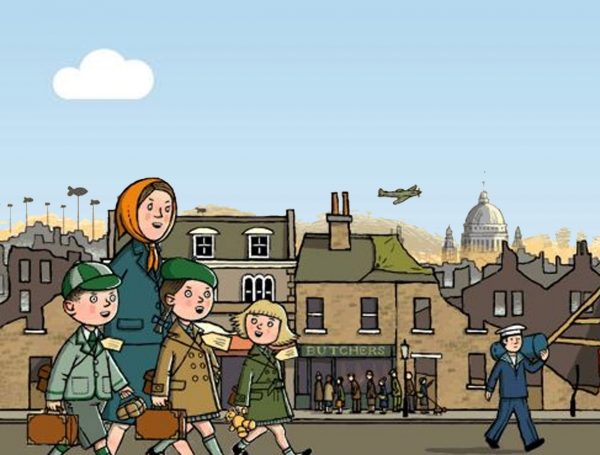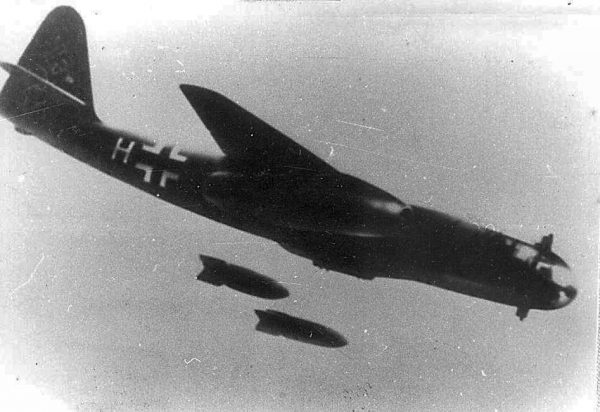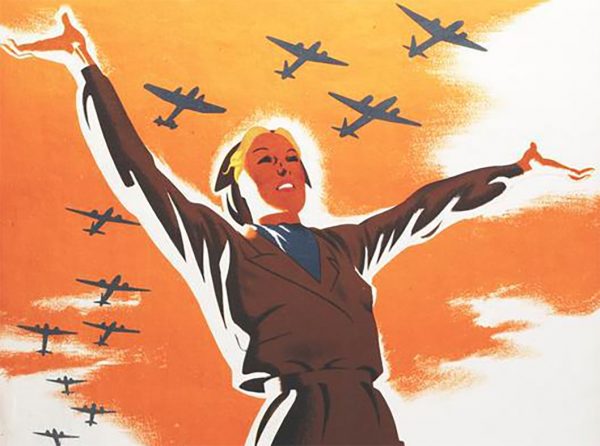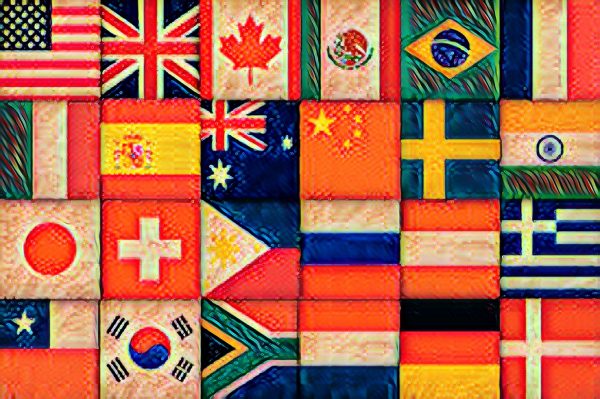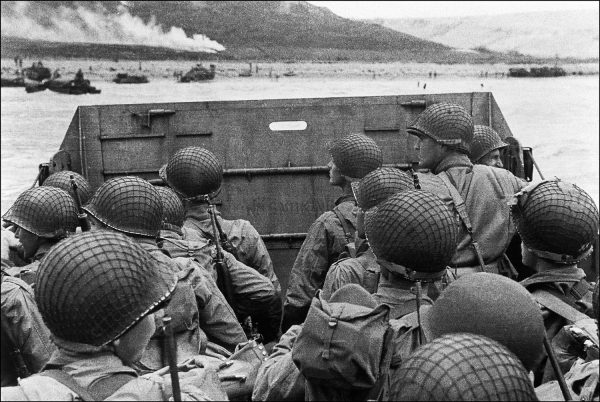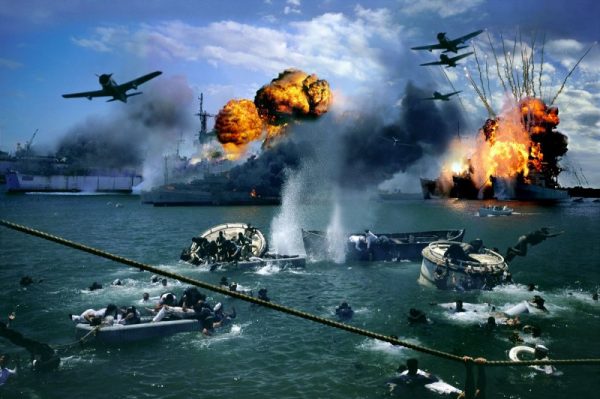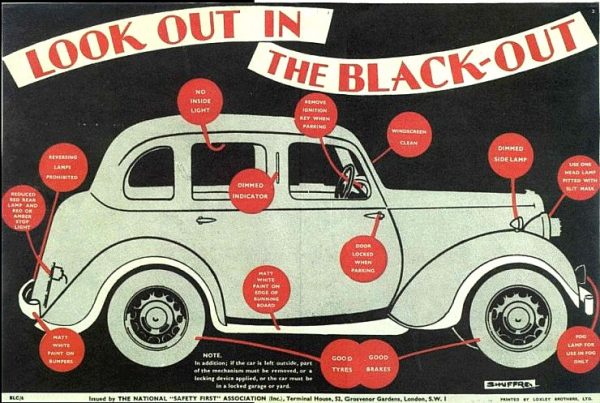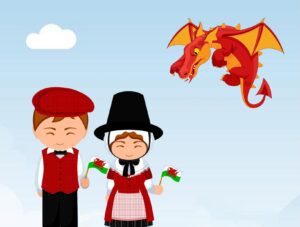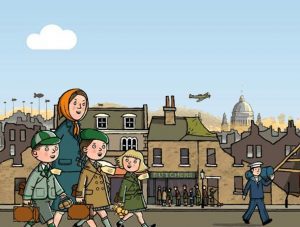Titanic was the biggest and most luxurious passenger ship of its time. It was 269 metres long, 28 metres wide and more than 53 meters tall. It was about as long as two and a half football pitches!
It had ten decks, three engines and its furnaces burnt through over 600 tonnes of coal. 175 ‘firemen’ shovelled the coal by hand and worked in shifts 24 hours a day. The Titanic had four funnels on the top but only three were fuctional – the fourth funnel was just for ventilation.
On board, there were 16 watertight compartments which were designed specifically to protect the passengers and crew. If any water got through, the heavy metal doors of these compartments would close after thirty seconds.
Three large bronze propellers helped to power the ship through the sea.
Titanic’s full title was RMS Titanic as it was a Royal Mail ship carrying nearly 3500 sacks of mail including all sorts of letters and packages.
Titanic was built in Belfast for the White Star Line company by the shipbuilders, Harland and Wolff. It cost £1.5 million to build the titanic, which would be around £170 million in today’s money. It took around three years to build the Titanic.
On board there were lots of different jobs to be done. All the workers earned different amounts, depending on their position.
Captain Smith earned £105 per month (about £11,000 in today’s money)
A stewardess earned £3 and 10 shillings per month (around £375 in today’s money).
There were 2200 people on board Titanic on its maiden (first) voyage. 1300 passengers and 900 crew members. The ship wasn’t full and could have had another 1100 people on board.
Because the Titanic was such a luxurious ship, tickets were very expensive! A third class ticket cost around £7 which is nearly £800 in today’s money. A second class ticket cost around £13 (nearly £1500 in today’s money) and a first-class ticket would have cost £30 (more than £3300 in today’s money).
If you were a passenger in either first or second class, you could go on the boat deck. This was the highest deck on board. You could walk around, play games or relax on benches. The lifeboats were also stored on this deck.
There were many dining rooms on board for passengers in first, second and third class. There were also two libraries, a gym, a pool, a steam room, four elevators, two barber shops, Turkish baths and a squash court. Some facilities were only available to first or second class pupils.

